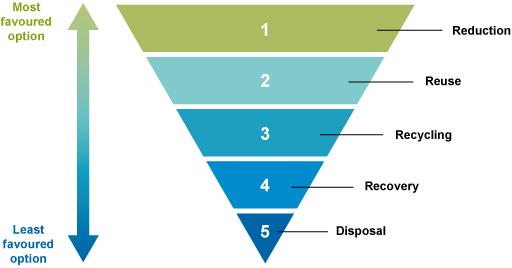8.5.1 Prevention
There are many methods for prevention of pollution. For water pollution the main priority is to improve water, sanitation and hygiene (WASH) provision. If everyone has access to effective sanitation (latrines) and there is no open defecation, this will prevent contamination of the environment with human faeces. Combined with this is the need for safe drinking water to be available for all. In addition, improving hygiene behaviour and ensuring that everyone washes their hands will radically reduce the impacts on human health from biological pollutants. In practice there needs to be a coordinated approach to improving all three – water, sanitation and hygiene – which is reflected in current WASH programmes.
Air pollution can be improved by reducing the reliance on biomass fuels for domestic cooking, especially for indoor fires. Legislation to remove very old vehicles from the road or a requirement for regular maintenance and certification would also help.
For pollutants derived from solid wastes, waste optimisation should be adopted. This principle is based on the notion that, ideally, waste should not be produced in the first place. However, this primary target is not always possible and so, if waste is produced, there is a range of options for waste management that form a waste hierarchy from most desirable to least desirable (Figure 8.9).

The waste optimisation principle includes the application of what is known as the ‘3 Rs’ – reduce, reuse and recycle. Reduction refers to the minimisation of waste at source by efficient use of raw materials and changing the technology for producing items. Reuse means using an item more than once, for example, the use of plastic bottles for collecting water. Recycling refers to the use of discarded materials as raw materials that are taken back into the factory process. The use of discarded and broken bottles in a glass factory to make new glass bottles is an example of recycling. The waste hierarchy also includes recovery of materials or energy, for example through composting or incineration. Composting is a good example of recovering materials from waste organic matter that can be then used to improve soil in a constructive way rather than allowing the decomposition process to cause pollution by careless disposal.
The concept of waste optimisation is applied in industries through the process of cleaner production. Cleaner production aims to reduce the impact of industry on the environment through waste minimisation and the application of the 3 Rs, and other processes such as replacement of toxic chemicals with less toxic alternatives, and process and product modification to use less energy.
8.5 Preventing and controlling pollution
